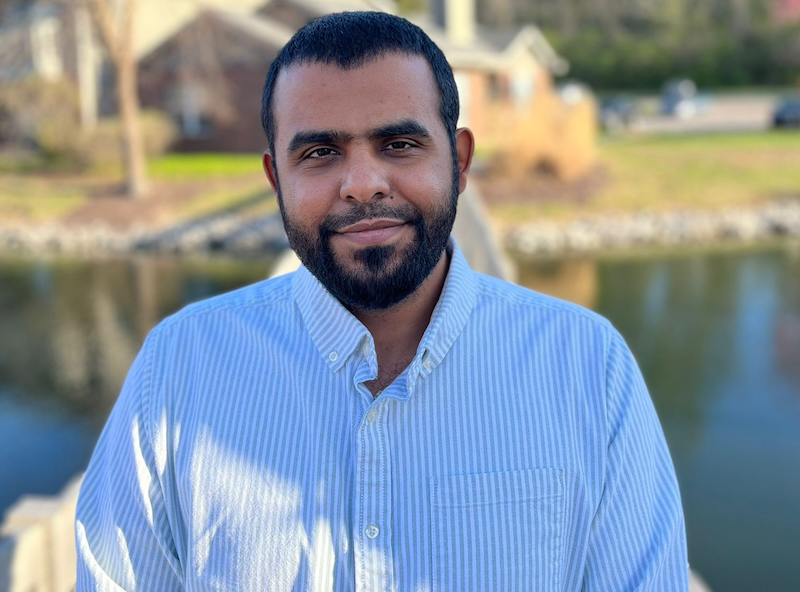
Exploring Arabic Culture Across American Towns
The United States is a country woven from countless cultural threads. Among them is the Arab heritage, which is a vital part of that fabric. My academic curiosity about the interplay between Arab and American cultures was piqued during a visit to St. Augustine, Florida in 2022. I discovered Arabic calligraphy adorning historic buildings and witnessed the city’s celebration of the birth of the Prophet Muhammad. This discovery led me on an expedition, funded by the Newman Exploration Travel Fund (NEXT) program, to understand how Arab culture has influenced and shaped the identities of communities across the United States.
My travels have taken me to Bagdad, Arizona; Mecca, California; and Elkader, Iowa, and other places with names rooted in Arab history and culture. These locations have offered me unique perspectives and lessons, challenged my expectations, and deepened my appreciation for the rich intersection of Arab heritage and American history.
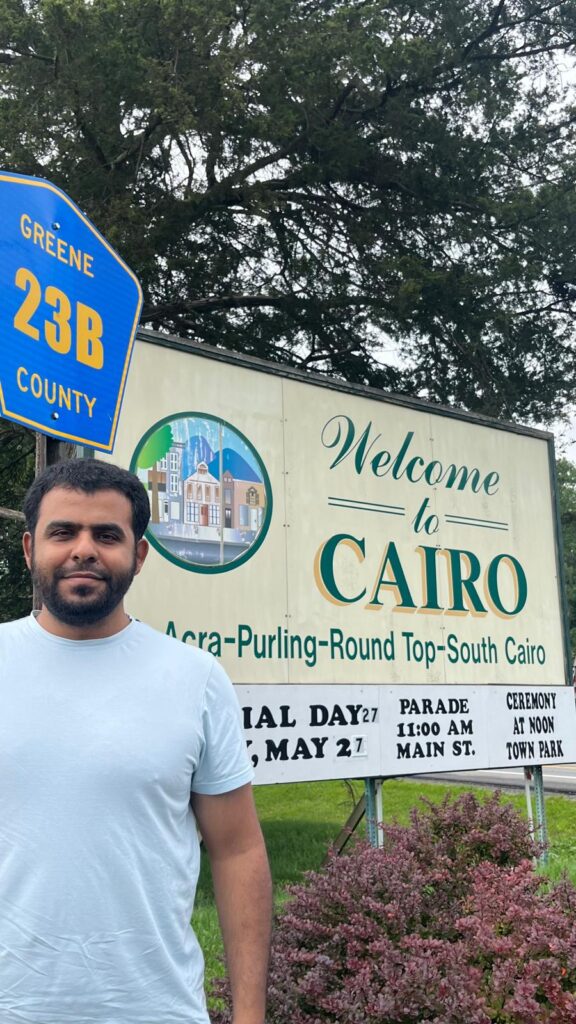
Impact of the Journey
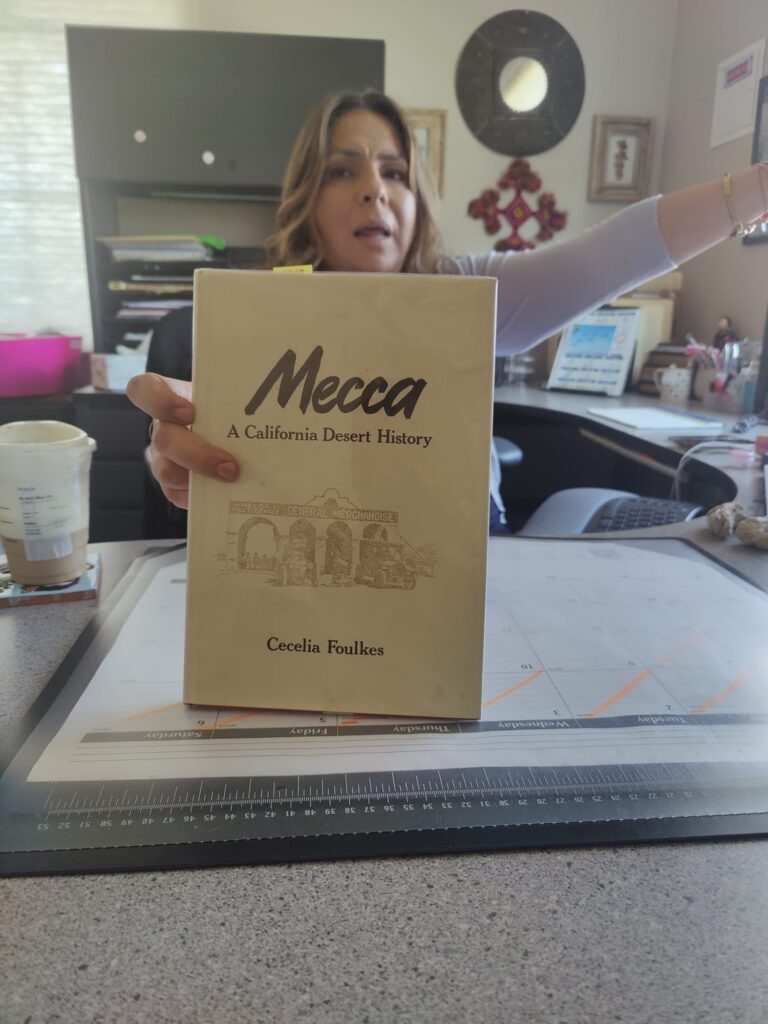
This trip profoundly impacted me, reshaping my understanding of cultural identity and how communities receive other traditions. Each place I visited offered me insights into the multifaceted nature of Arab influence in the United States. In Mecca, California, for example, I expected to find an Arab community. Instead, I discovered a small, predominantly non-Arab town. This contrast highlighted how cultural icons can outlive the demographics that once inspired them. I found two fascinating facts during interviews with local officials in Mecca, California. First, the town’s name was changed to “Mecca” over 100 years ago, having previously been called “Walters.” They chose Mecca as the area’s name because it was the first place in the United States to grow date palms successfully. It also bears a striking resemblance to the Arabian Peninsula, both of which share desert landscapes. Second, while people in the region incorporate Arab traditions into the annual festival in February, which is the time of the palm harvest, this is often done in an Orientalist manner.
For example, Coachella Valley High School once had a controversial mascot that featured stereotypical Arab imagery, including a hooked nose, a thick beard, and a headscarf. Halftime shows featured a belly dancer entertaining a student dressed as an “Arab.” After advocacy by the American Arab Anti-Discrimination Committee in 2014, the school district decided to remove the mascot and belly dancer while keeping the team name “Arab.” Discussions resulted in changes to create a more respectful representation of Arab identity.
In contrast, the cities of Bridgeview, Illinois, and Dearborn, Michigan, which I have visited before, where Arab American populations thrive without the town having an Arabic name, provided vivid examples of how people can transform a community into a cultural hub through shared traditions, businesses, and institutions. It was inspiring to see how this predominantly Arab community has maintained its identity while contributing dynamically to the broader American cultural landscape.
Differences from Expectations
The diversity of interpretations and adaptations of Arab culture in most cities defied my expectations. Initially, I expected a more consistent reflection of Arab heritage, but the reality was more nuanced and complex. This was particularly evident in cities like Palestine, Texas; Lebanon, New Hampshire; Cairo, Vermont; and Baghdad, Arizona, which were named after historically significant regions and cities but showed little direct connection to Arab culture.
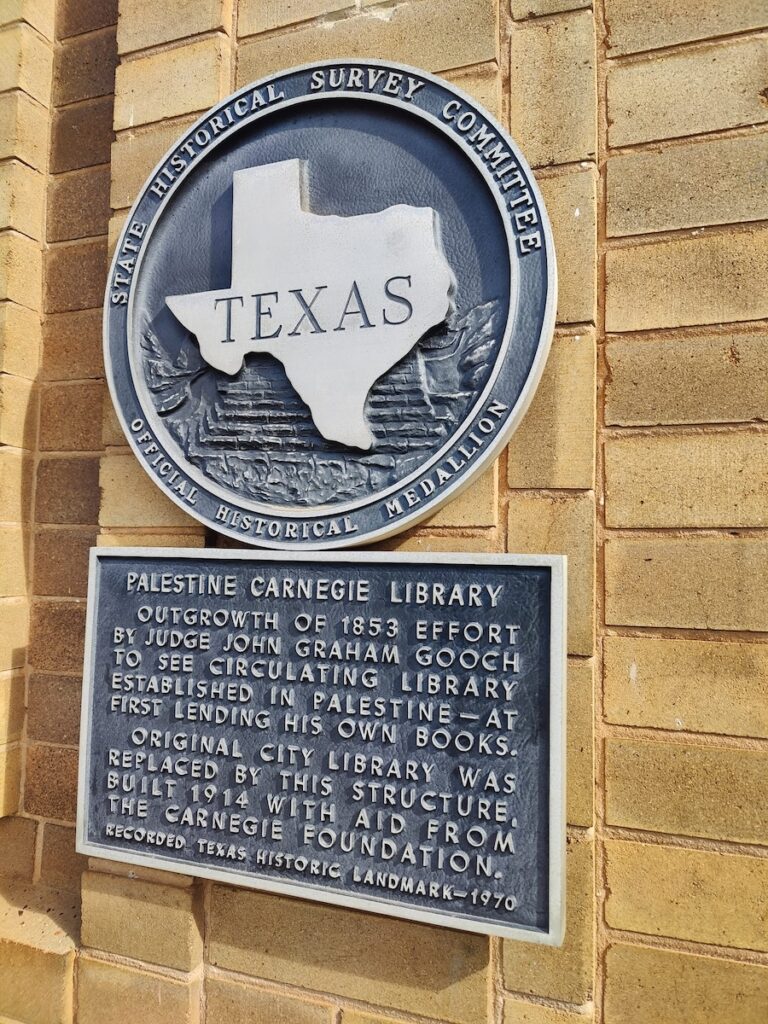
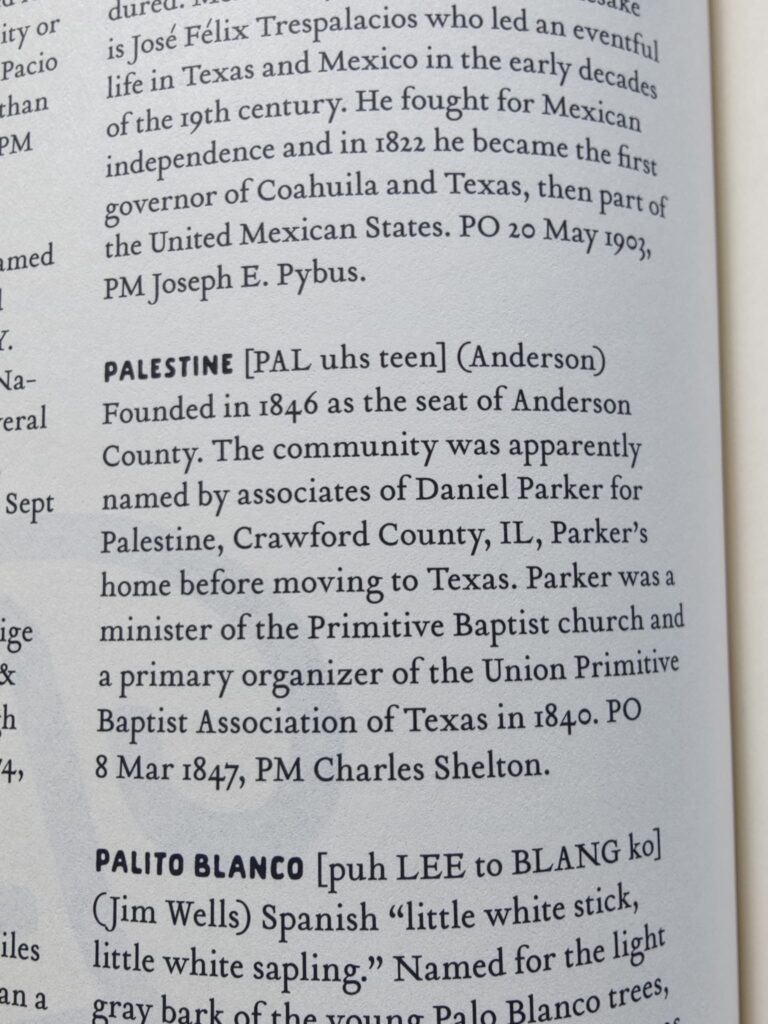
For example, in Baghdad, Arizona, the name seems to be a nostalgic reference to the ancient city in Iraq. However, during interviews local officials explained that the name had no intentional connection to Baghdad, Iraq. Instead, it stemmed from a local anecdote from the late 1800s: a child walking with his father accidentally dropped a bag, prompting the child to exclaim loudly, “Bag, Dad!” Similarly, in Palestine, Texas, officials explained that there was no intentional connection to the region of Palestine, highlighting the accidental nature of these place names.
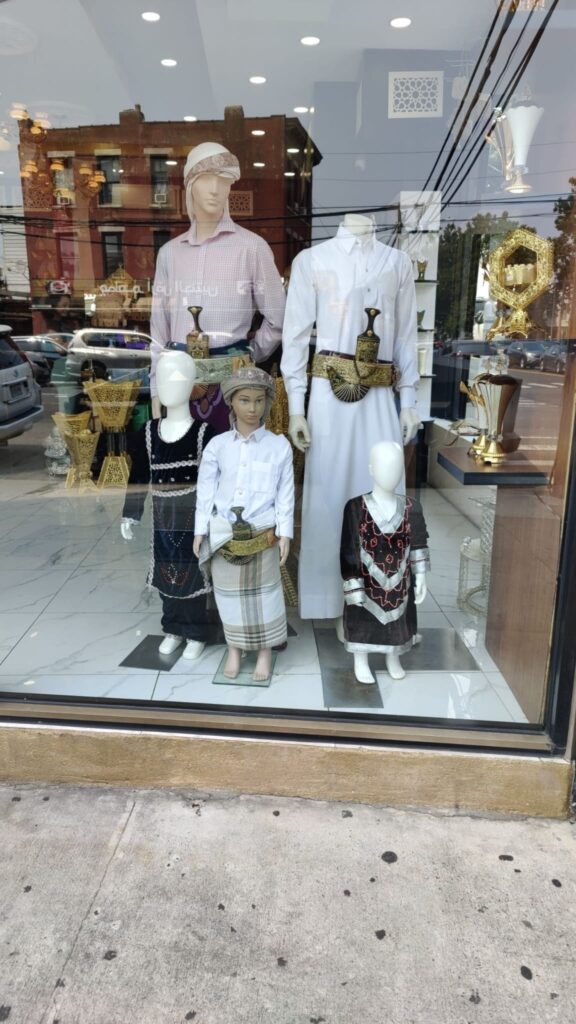
In contrast, Little Yemen and Little Arabia in New York City offered a different experience. These thriving neighborhoods offered vibrant communities where Arab heritage was deeply woven into daily life through cultural traditions, cuisine, businesses, and religious practices. Another unexpected discovery was the blend of cultural identities in places like Alhambra-Cordoba in California. Here, Arab-inspired architecture referenced historical connections, even though the local population was predominantly non-Arab. These fusions of influences served as powerful examples of the fluid and dynamic nature of cultural integration in America.
Most Influential Experiences
The most impactful aspect of my trip was witnessing how communities adapt and engage with cultural heritage, and how this engagement evolves to shape social and economic realities. Elkader, Iowa, stands out as a great example. Named after the Algerian revolutionary Abd el-Kader, a hero who led his people in resistance against French colonialism from 1830 to 1847, the city’s name reflects a historical moment when global admiration for Arab figures resonated in the newly independent United States. In my interviews with residents and local officials, I discovered a deep sense of pride in the name, with many expressing gratitude for their ancestors’ foresight in choosing it. Elkader’s connection to its Arab roots has actively evolved over the years.
The city has a sister city relationship with Abdelkader’s birthplace in Algeria through Sister Cities International. This connection is celebrated through cultural exchanges, including annual educational trips where Algerian students visit Elkader to learn English while staying with local families. The community’s engagement extends to the culinary scene, with El Kader housing an Algerian restaurant that attracts locals and visitors alike. Furthermore, the Algerian ambassador has visited El Kader several times, strengthening the bonds between the two communities.
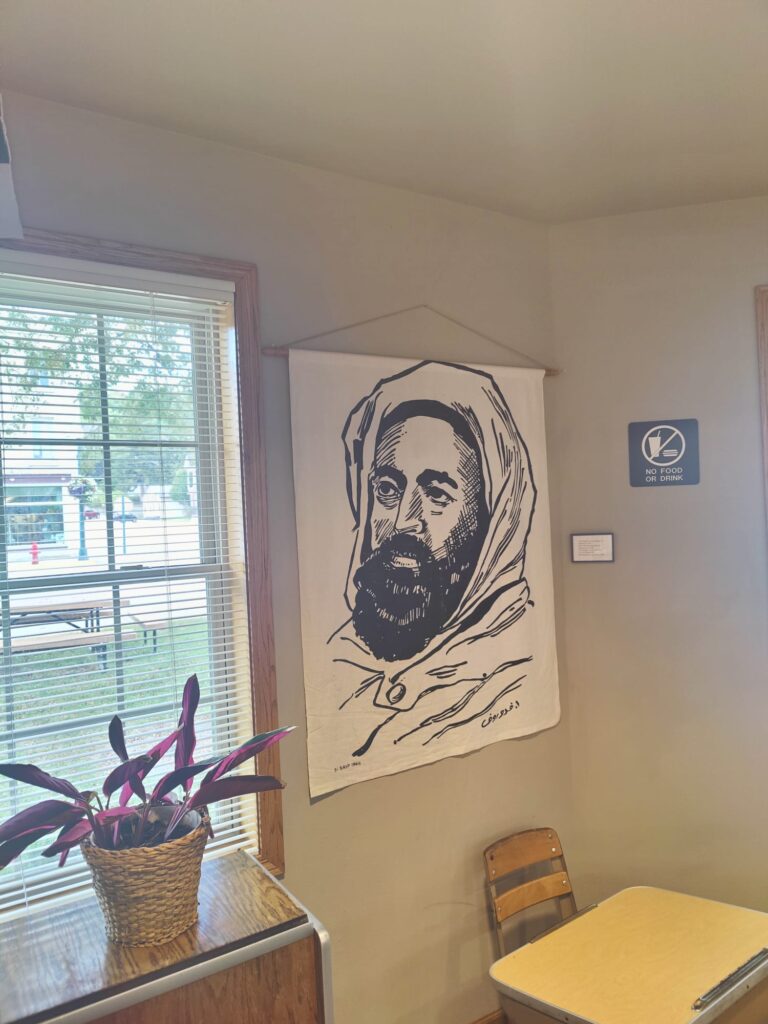
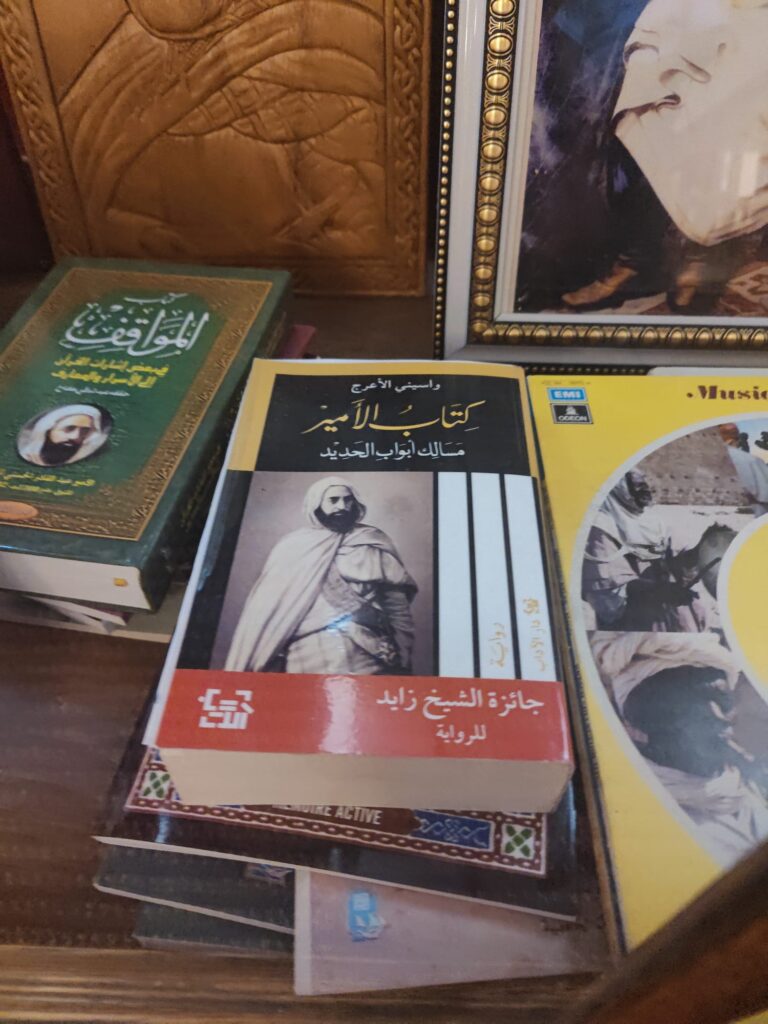
Even in public spaces such as the courthouse and library, evidence of this enduring connection is found, including pictures and a sculpture commemorating Abdelkader, with the Arabic inscription prominently displayed. These elements not only honor El Kader’s historical connections but also serve as a reminder of the town’s ongoing connection to its Algerian heritage. This example illustrates how a historical name can transcend its origins to influence the modern social and economic aspects of a community. El Kader’s name serves as a vivid reminder of an era when Arab figures were universally admired and illustrates how this admiration continues to enrich local identity and foster international relations.
Conclusion
My journey across the United States to explore the intersections of Arab heritage and American identity has been transformative. Each city, whether named after a prominent Arab figure or simply with Arab roots, has offered unique insights into the fluid nature of cultural identity and its profound social and economic impacts. From Elkader, Iowa, where it actively celebrates its Algerian connections, to cities like Baghdad, Arizona, where a historical name came about by accident, my travels have revealed the many ways in which history, culture, and society intersect in unexpected and meaningful ways.
These experiences have challenged my expectations, deepened my understanding of cultural integration, and illuminated the diverse interpretations of Arab heritage in America. They have also underscored the enduring influence of historical names and connections in shaping contemporary identities and relationships. Whether through symbolic gestures, such as naming cities after Arab figures, or tangible exchanges, such as fostering sister city programs, these communities demonstrate the power of cultural heritage to transcend time and geography.
As I reflect on this journey, I am reminded that heritage is not just about preserving the past; It is also about actively shaping the present and the future. This exploration has enriched my academic perspective and worldview, inspiring me to continue to search for the stories and connections that define our shared humanity. I am deeply grateful for the opportunity provided by the NEXT program, which made this journey and its insights possible. Through this experience, I have gained not only knowledge but also a renewed appreciation for the vibrant mosaic of cultures that make up the American landscape.
Acknowledgment: I would like to express my gratitude to Dr. Leonard H. Wood for his invaluable guidance in selecting some cities explored in this project.

